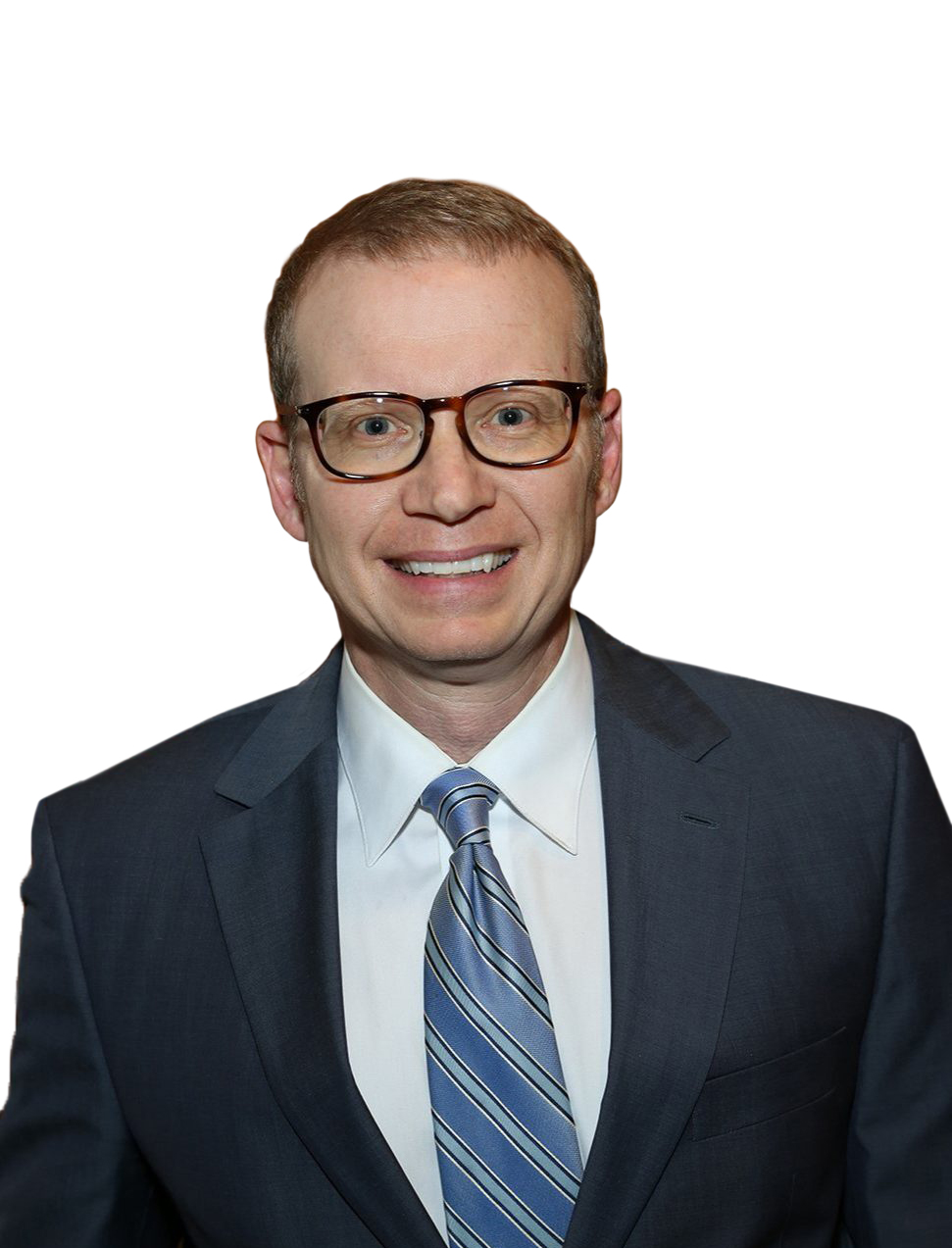Reconstructive Solutions After Trauma: Restoring Function and Confidence
Posted By:

Dr. Chris Schaffer
Read Time: ~ minutes

Reconstructive surgery is a specialized form of plastic surgery that is performed to improve both the appearance and function of the body after a traumatic injury. Regardless of the location or extent of the injury, patients find that reconstructive surgery plays a critical role in healing—both physically and emotionally—after a traumatic experience. When performed by a dedicated surgeon who practices precision, reconstructive surgery can help you regain the confidence you need to take the next pivotal steps forward.
Common Types of Injuries Requiring Reconstructive Surgery
While typical plastic surgery procedures are performed to improve the appearance of the body, reconstructive surgery is designed to restore the appearance and function of a particular area of the body.
These are some of the most common types of injuries that require reconstructive surgery as part of the healing process:
- Facial Fractures: Facial fractures are injuries that commonly occur after a person has been involved in a motor vehicle accident or after they have been involved in an assault. Facial trauma can lead to broken bones, swollen facial tissue, excessive bruising and permanent deformities, and in some cases, reconstructive surgery is required to address facial fractures. Specialized and personalized reconstructive techniques can repair and realign the facial structure, allowing you to begin the healing process, both physically and emotionally.
- Severe Burns: Severe burns can result in lasting scars that significantly impact the body’s appearance and function. Reconstructive surgery can help reduce scarring from burns, ultimately allowing the burn victim to enjoy a restored appearance. In many cases, skin grafts are used to minimize scarring.
- Soft Tissue Injuries: Soft tissue injuries are often complex injuries that require healthcare providers and surgeons to take a multifaceted approach to healing. There are advanced reconstructive surgery options available in which the surgeon can restore lost tissue in the body, reattach extremities or repair muscle damage.
The Reconstructive Process
Dr. Christopher Schaffer recognizes that patients who suffer from traumatic injuries are in a vulnerable position, which is why he walks each patient through the reconstructive process. He wants all patients to know he is there to support and guide them as they heal physically and emotionally from their injuries.
The reconstructive process at Schaffer Plastic Surgery typically involves:
Emergency Care and Initial Assessment
This is a critical phase of the reconstructive process. All patients should seek emergency medical care as soon as possible, as this allows them to get the care they need to set the stage for successful reconstruction.
Surgical Reconstruction Phases
Regardless of the type of reconstructive surgery that is required, these are the phases that each patient will go through:
- Initial Debridement: During this phase, all dead and damaged tissue will be removed.
- Grafting: If required, grafting will introduce new tissue to the wounded area.
- Reconstruction: The surgeon will complete the surgery by reconstructing tissue or structures as necessary to provide patients with the best possible outcomes.
- Stabilization: During this final phase, the surgeon ensures that the patient is stabilized and ready to be moved to recovery.
Recent advances in technology allow Dr. Christopher Schaffer to perform advanced reconstructive surgery with precision and confidence. His experience with tissue engineering and microsurgery makes him the ideal surgeon for reconstructive surgery.
Role of Rehabilitation in Recovery
The recovery process for reconstructive surgery is both physically daunting and emotionally draining. Dr. Schaffer provides all patients with personalized support and precise postoperative instructions, ensuring that they can rest and heal in the days and weeks following their procedure. In many cases, patients must partner with physical and occupational therapists to fully rehabilitate.
Schaffer Plastic Surgery’s Support System
Specializing in a patient-centered approach to plastic surgery, Dr. Schaffer offers his patients an extensive support system to provide them with the best possible outcomes. All patients begin the reconstructive surgery process with a pre-surgery consultation, where they meet Dr. Schaffer and receive his contact information should they need anything in the future. In addition to providing patients with a personalized postoperative care plan and scheduling routine follow-up appointments, Dr. Schaffer is available to his patients to address any of their needs or concerns. All patients receive Dr. Schaffer’s phone number, allowing them to immediately access the services and resources that they need as they heal and recover.
Begin Your Healing Journey at Schaffer Plastic Surgery
Trauma can impact your life in countless ways, but you do not need to feel hopeless. As you begin your healing journey, you can count on Dr. Christopher Schaffer to support you, advocate for you and develop a personalized plan for reconstructive surgery that allows you to feel confident once again. There is hope in healing; with time, care and attention, you can reach your new normal.
For more information about reconstructive surgery and how we can assist you on your healing journey, contact Schaffer Plastic Surgery today and schedule your consultation appointment.
Gallery
View Gallery

